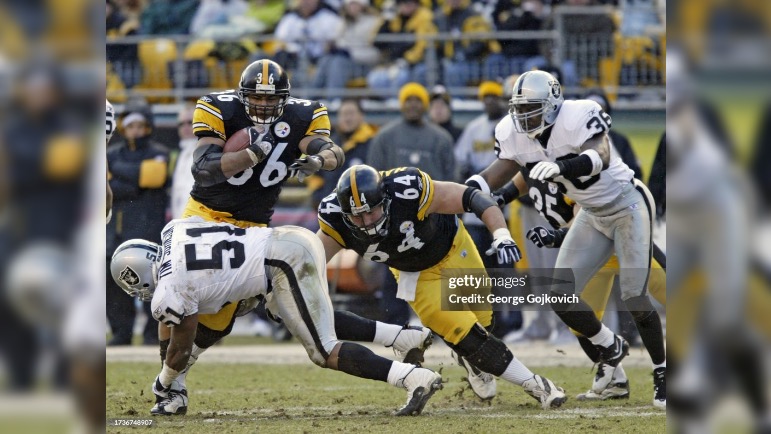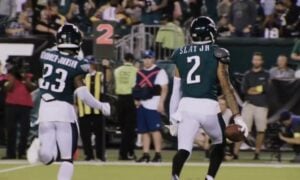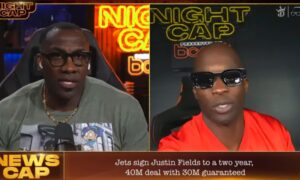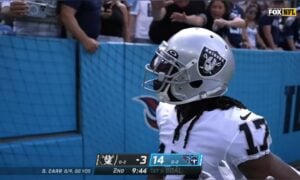When talking about bad playing surfaces, the first stadiums that come up are always MetLife Stadium and FedEx Field. In the past few years, those stadiums have developed a horrible reputation. However, if we rewind a couple of decades, the Steelers’ home at Acrisure Stadium (then Heinz Field) would have been in that conversation.
The grass at Heinz Field was a mess in the early and mid-2000s. When the Pittsburgh Steelers played the Miami Dolphins in 2007, the turf was so bad that on a punt, the ball didn’t roll; it just ended up stuck where it landed. That game is now affectionately known as the Mud Bowl.
It got so muddy, the ball didn’t even bounce 🤷♂️ (via @nflthrowback) pic.twitter.com/fEQeEGWbrN
— NFL (@NFL) May 7, 2020
While the muddied field led to cool-looking games, players hated it. In 2011, players voted for Heinz Field as the worst playing surface in the NFL, and today, former stars are still complaining.
The playing surface was bad in the Green Bay Packers vs. Philadelphia Eagles game last night. In the Nightcap podcast on YouTube, former Cincinnati Bengals WR Chad Johnson recalled the Steelers’ grass was so poor he had to wear special cleats.
“There was only one place where I had to wear seven studs,” said Johnson. “And that was when we went to Heinz Field. I think back during those days, obviously it was a running era, I think Heinz Field, they kept their field messy to keep the opposing team at a disadvantage.”
Seven studs are a type of cleat that helps give extra traction to avoid slipping on poor grass. They have screw-in studs that dig deeper into the grass, giving a better grip so you don’t slip in poor condition. Earlier this year, J.J. Watt was on The Pat McAfee Show and explained the different types of cleats football players wear.
“When it comes to cleats it’s an extremely important discussion and it depends on your position..
As a pass rusher I like the shorter molded cleats and the only time I wore a seven stud was if we were in a truly bad situation” @JJWatt #PMSLive pic.twitter.com/VqXPL9eJjy
— Pat McAfee (@PatMcAfeeShow) January 3, 2024
Although Johnson thinks Pittsburgh was being malicious by having a bad playing surface, that is probably not the case. Yes, Pittsburgh did run the football often in the 2000s, especially in the early 2000s with RB Jerome Bettis, but the risk of injury with bad turf would be too high for the team to take that risk. Even though the Steelers had Bettis, they also had Willie Parker, a speed back. Having an intentionally bad playing surface with Parker as the lead back doesn’t make sense, as it would neutralize the most prominent part of his game: his speed.
The more likely scenario is simply that the grass they used was poor, and the Steelers sharing the field with Pitt and hosting high school championship games at the stadium made the bad grass even worse. As technology and groundskeeping work have improved, Pittsburgh has been able to keep its turf in better shape. In only about 10 years, the Steelers have gone from having one of the worst playing surfaces in the NFL to one of the better ones.








